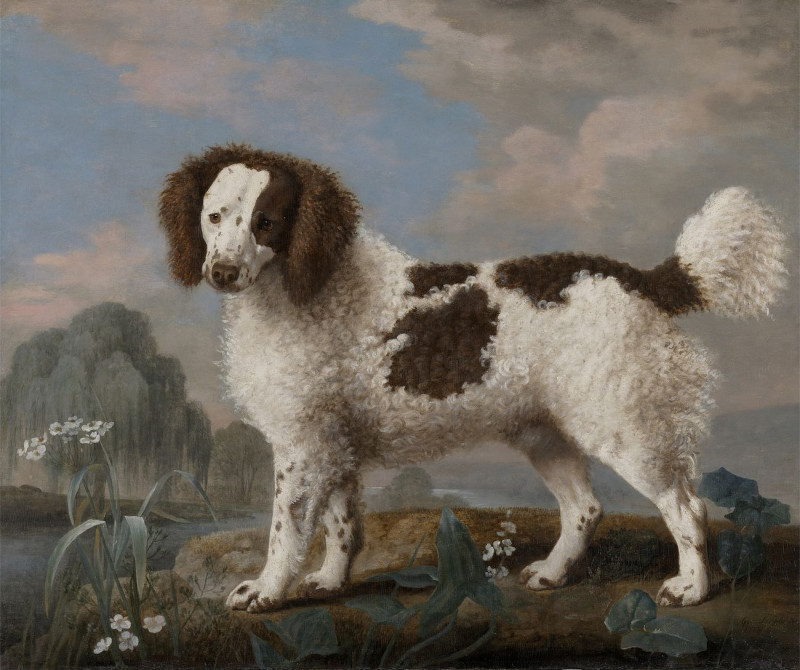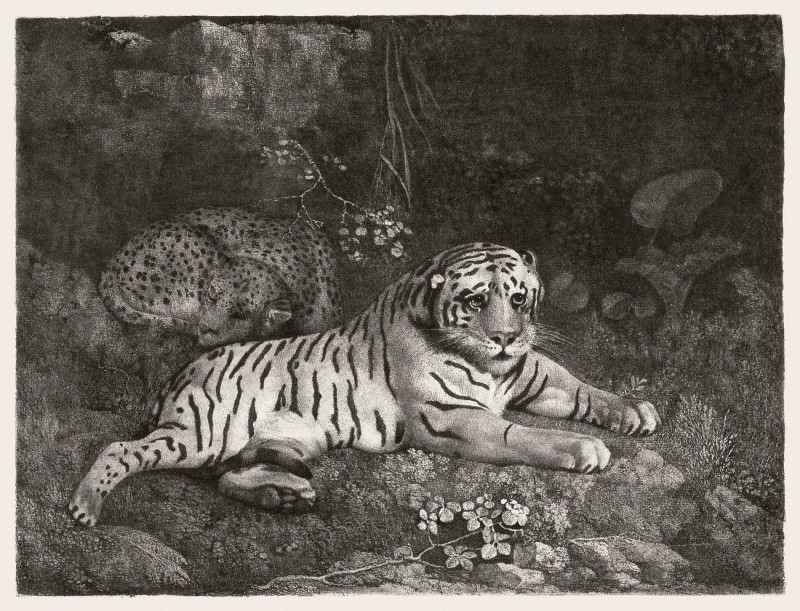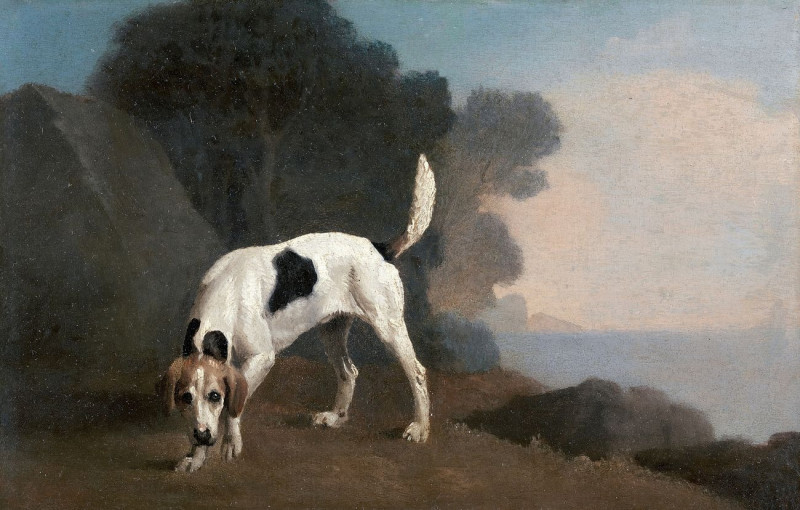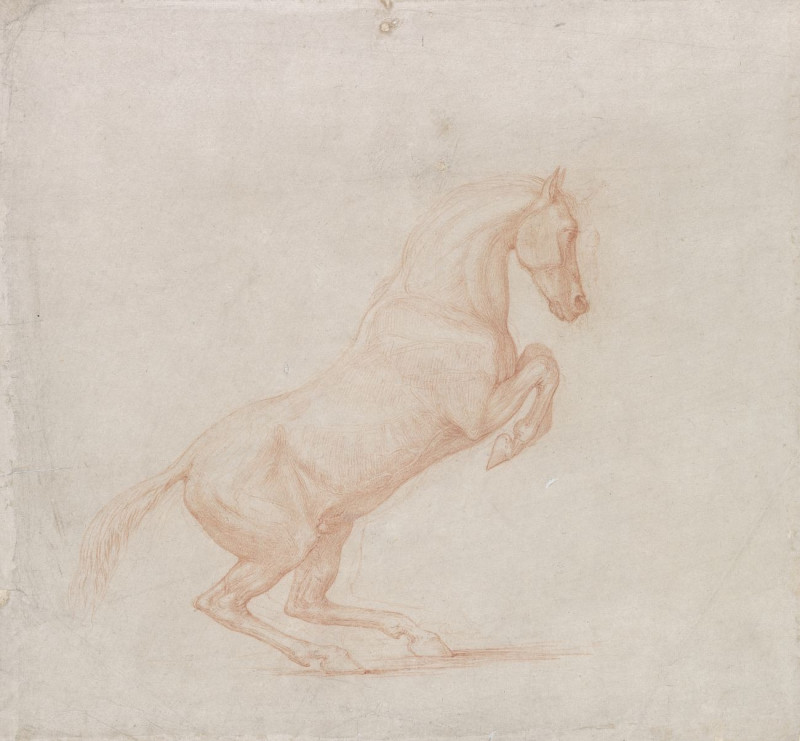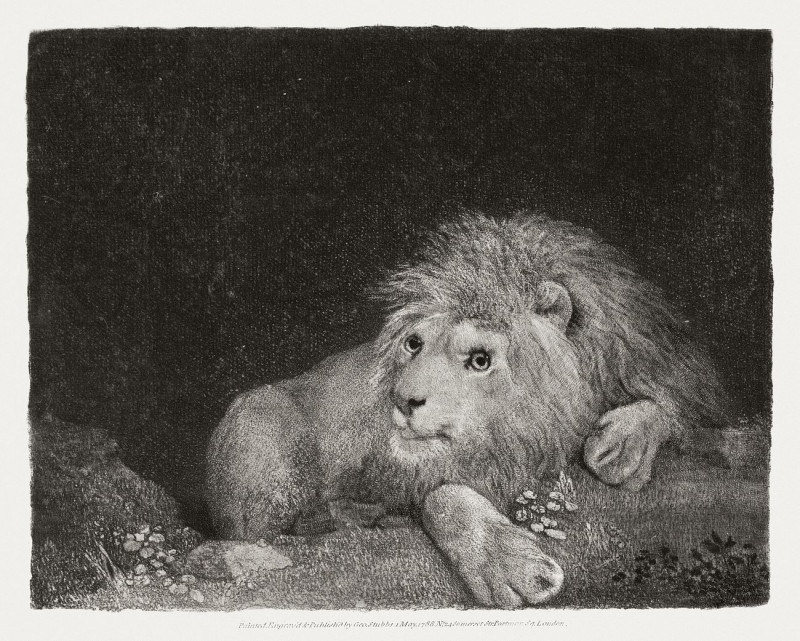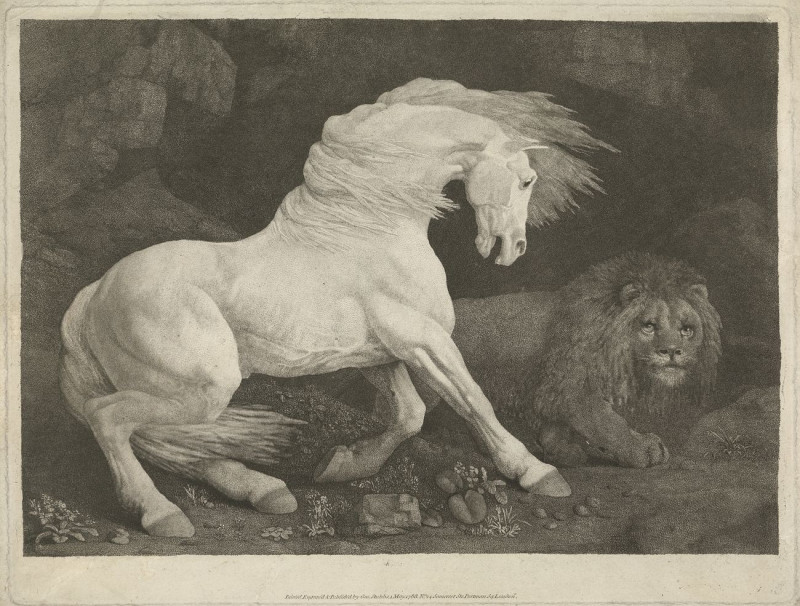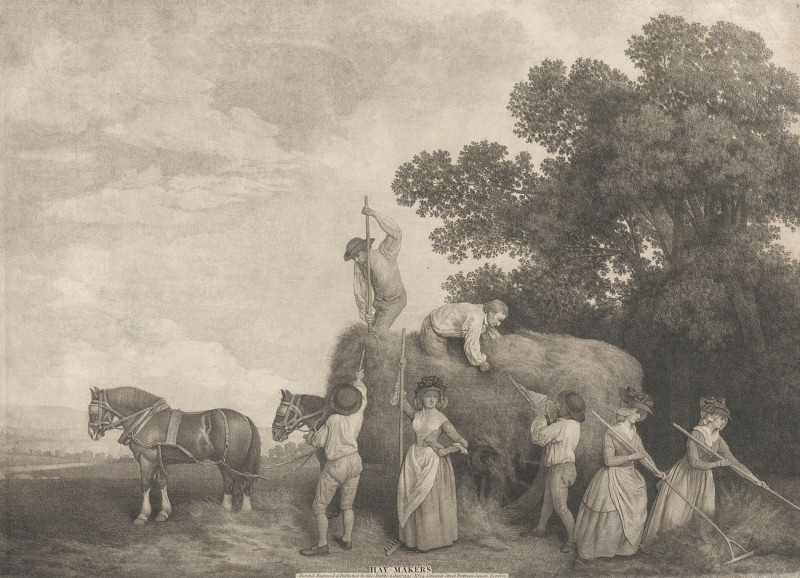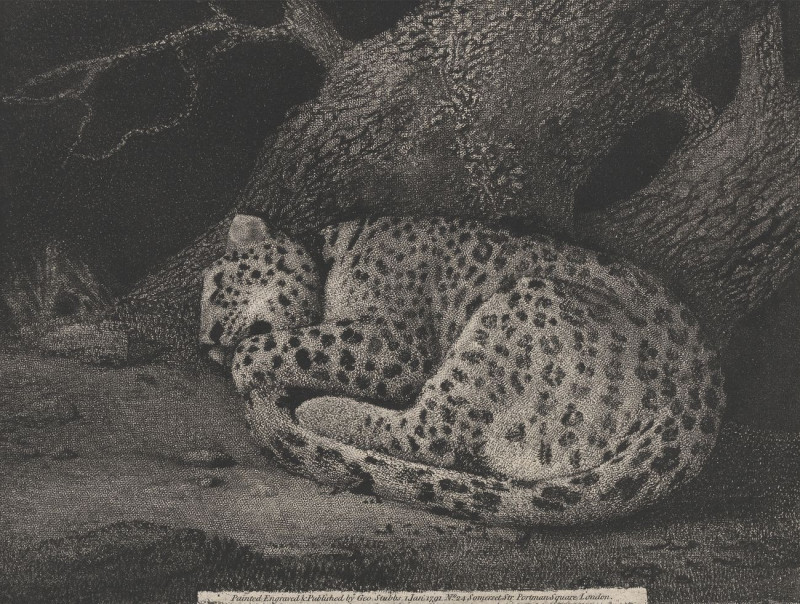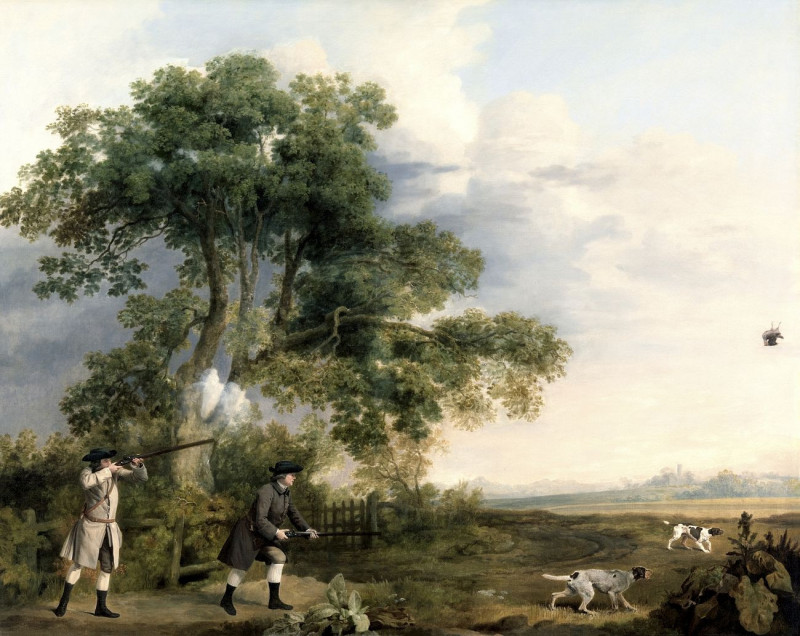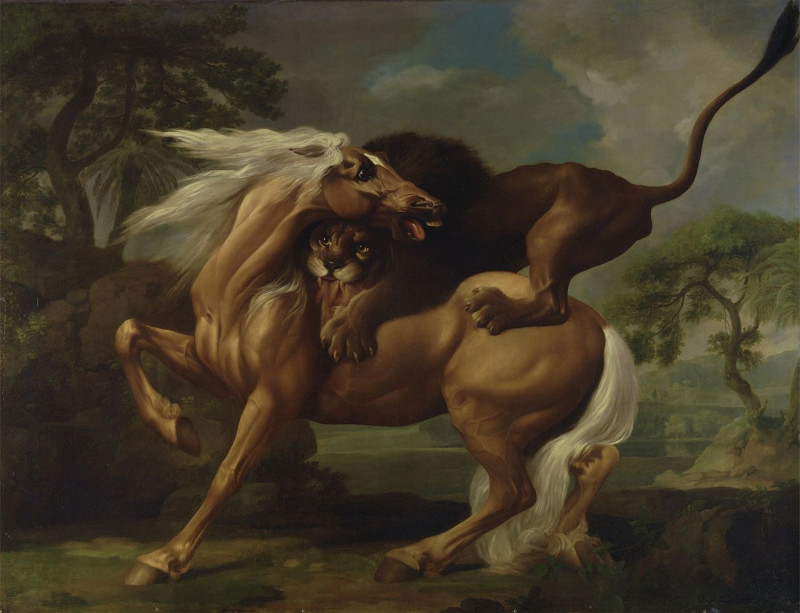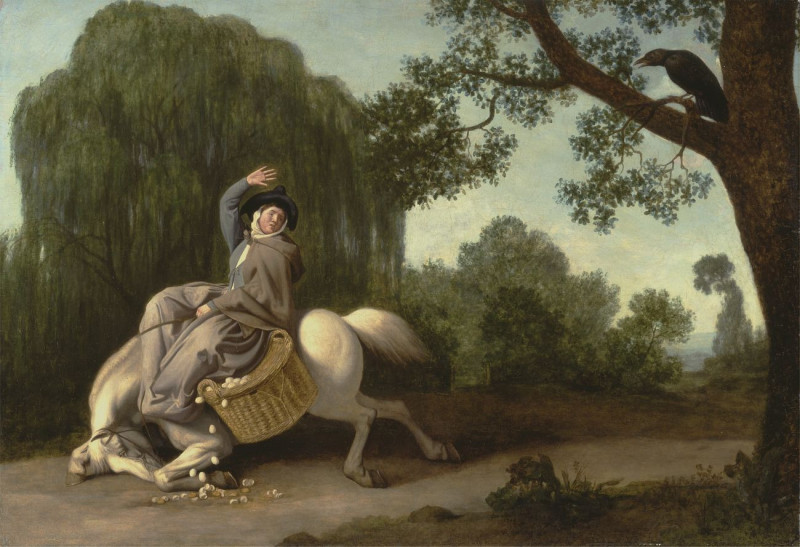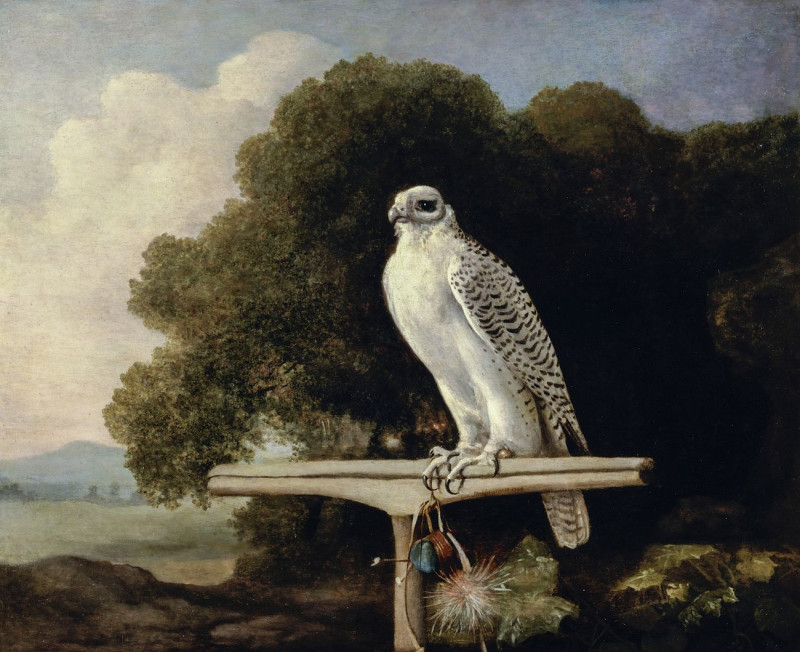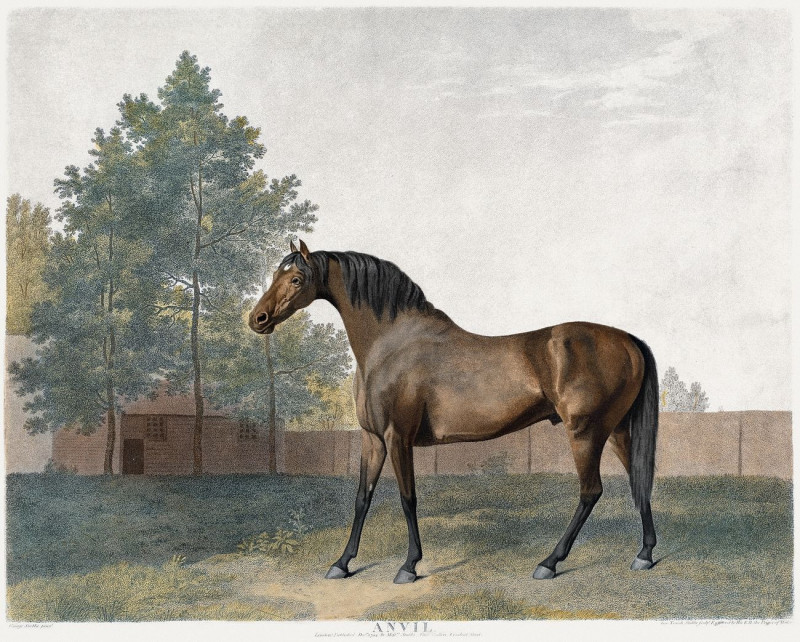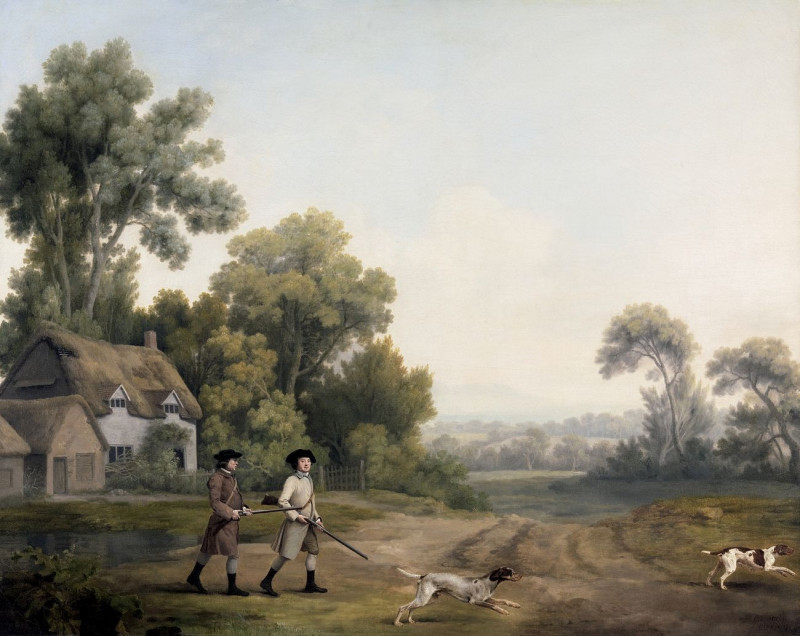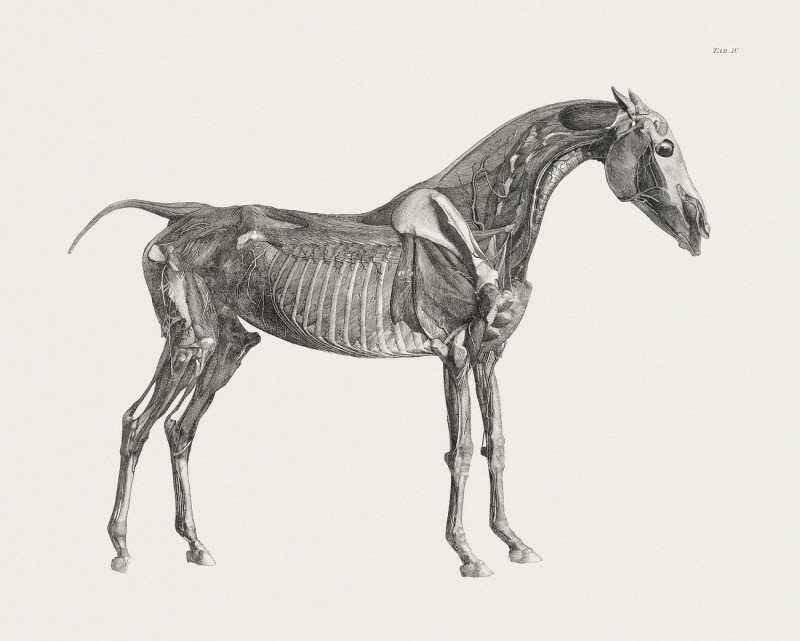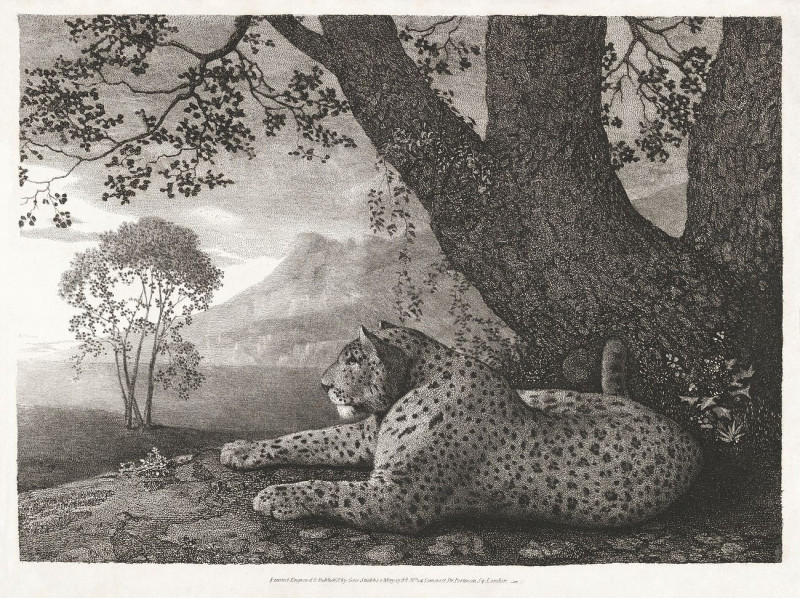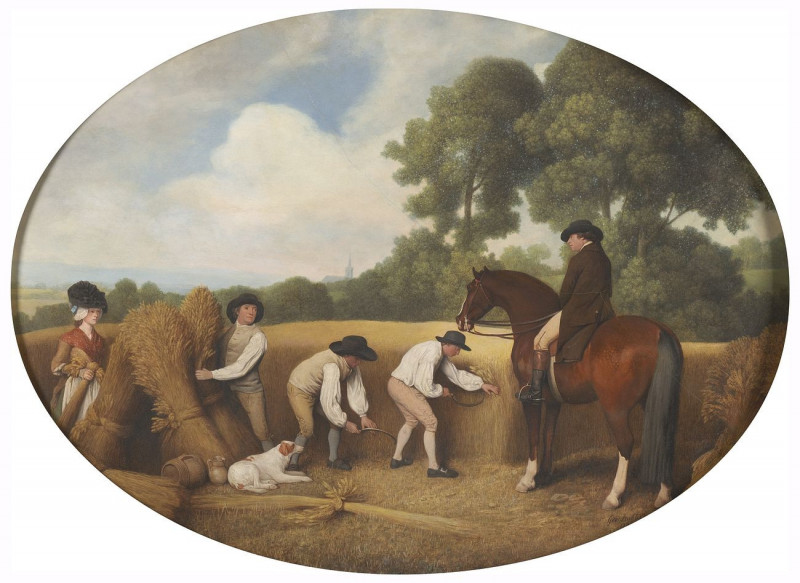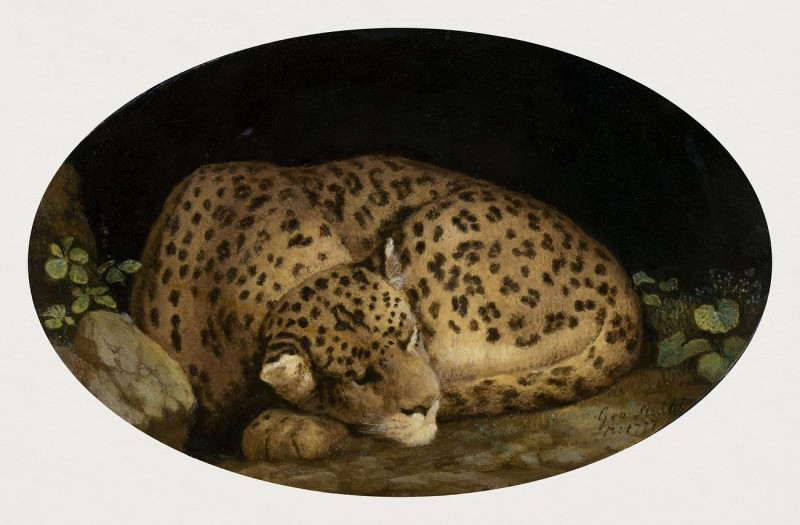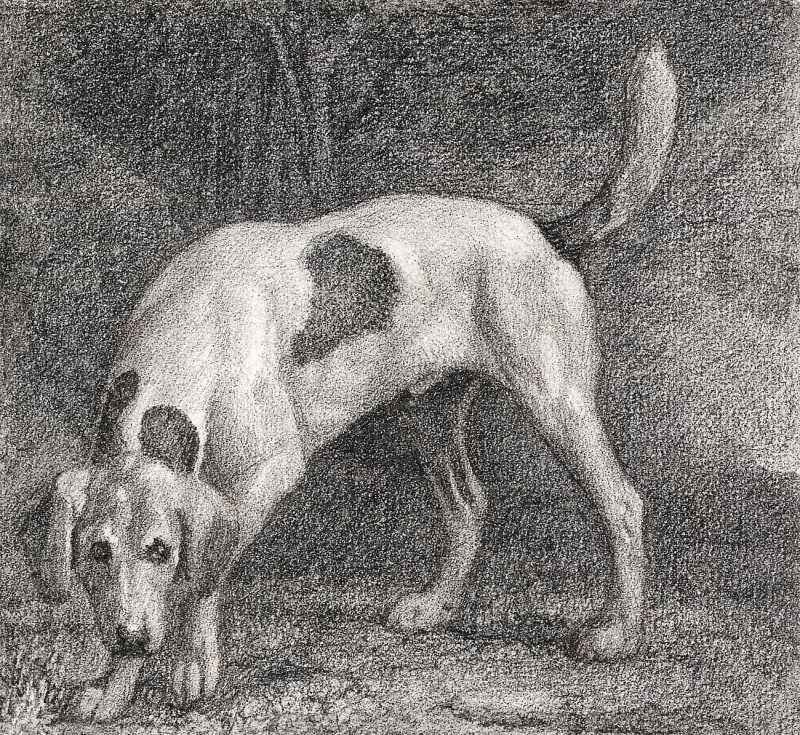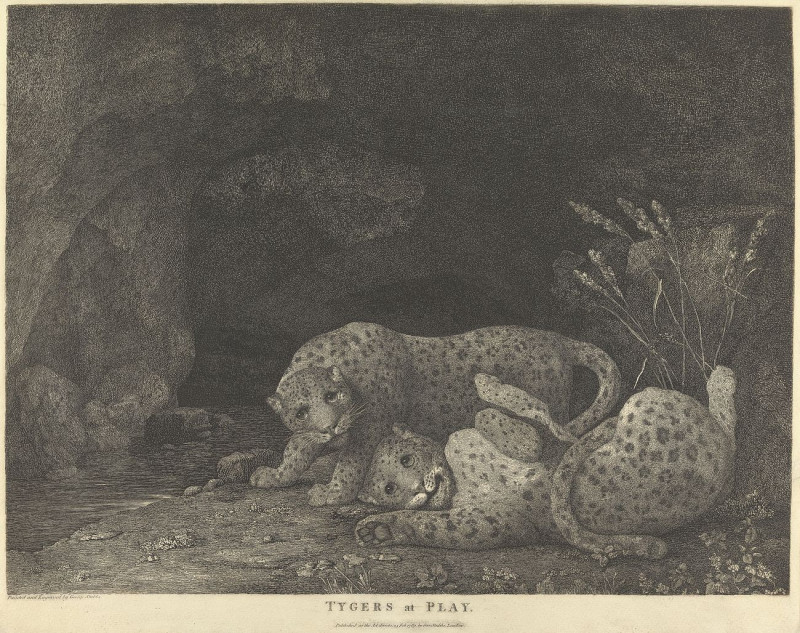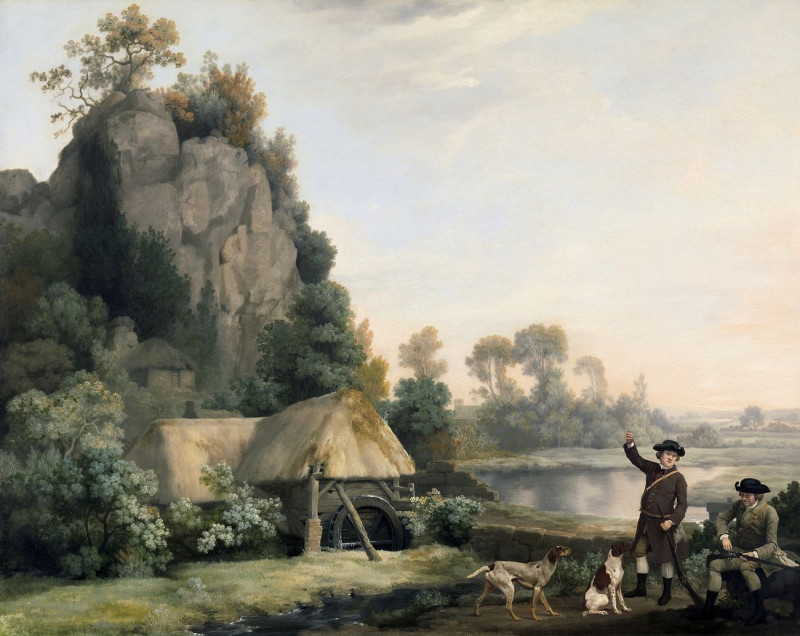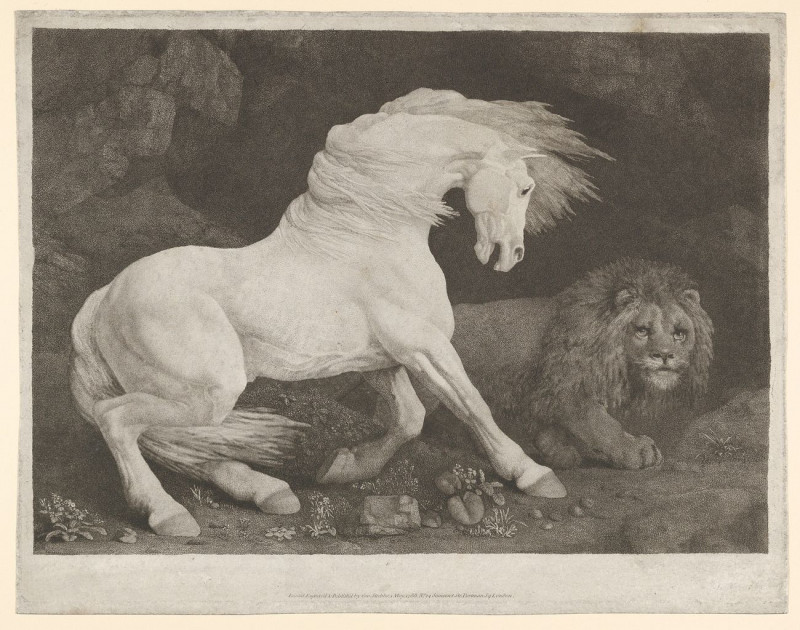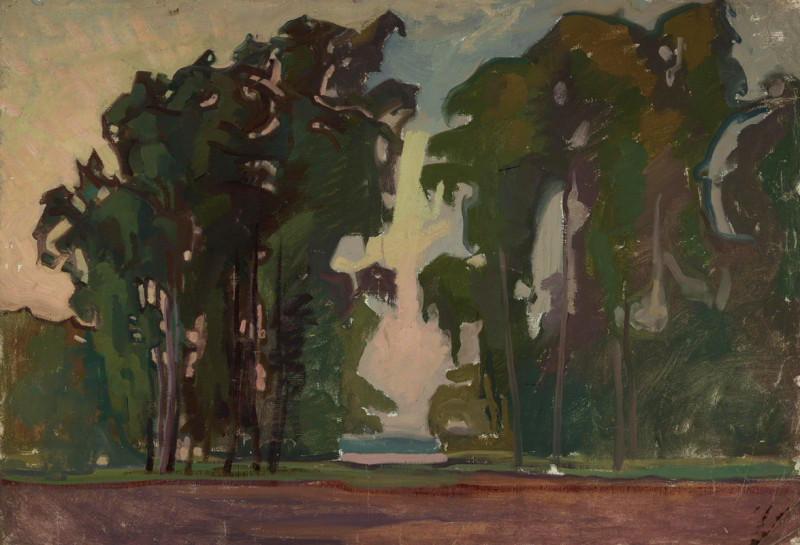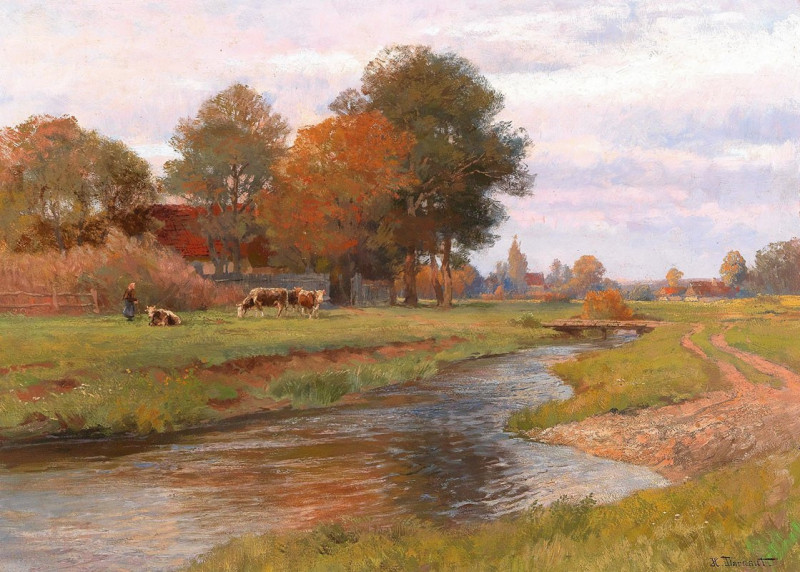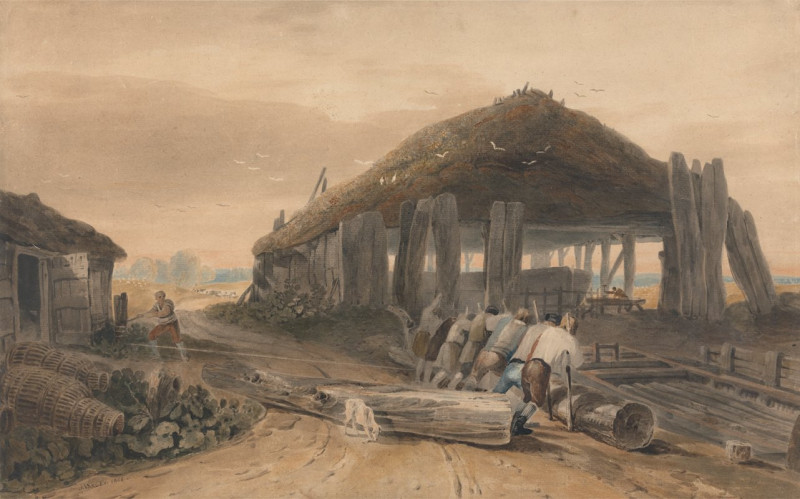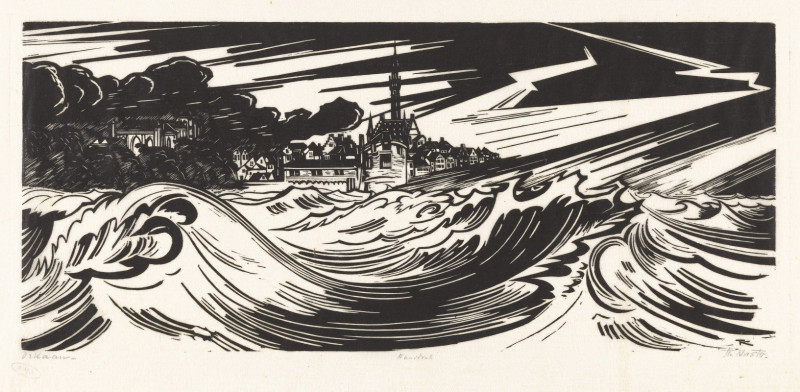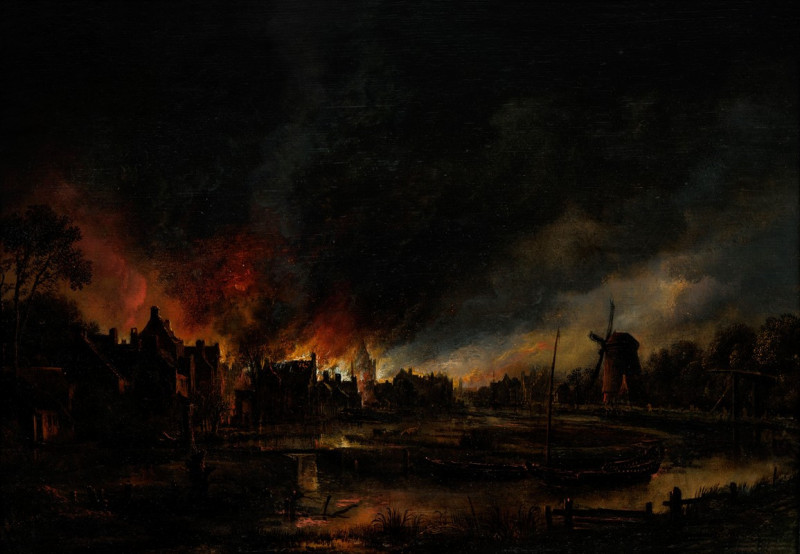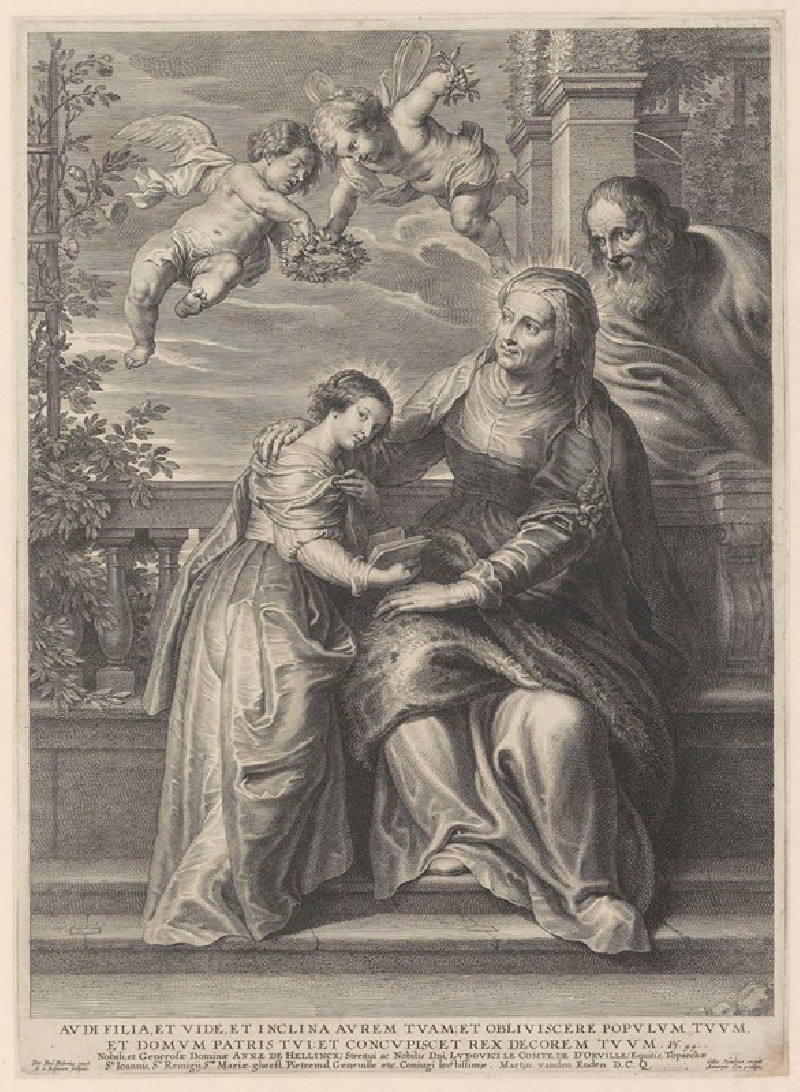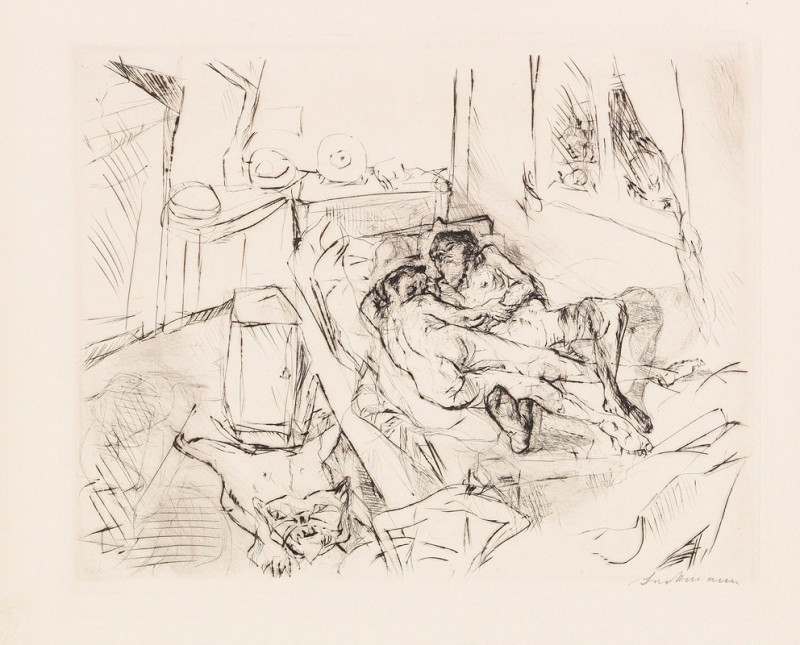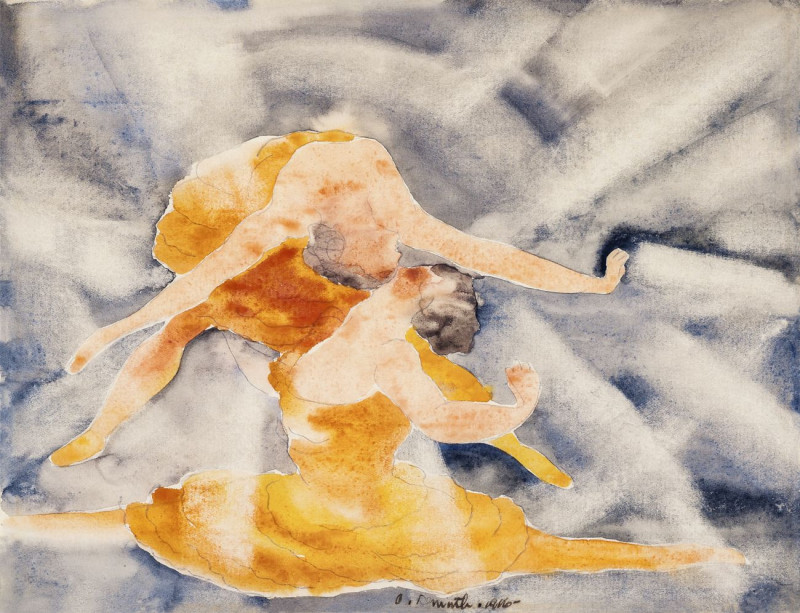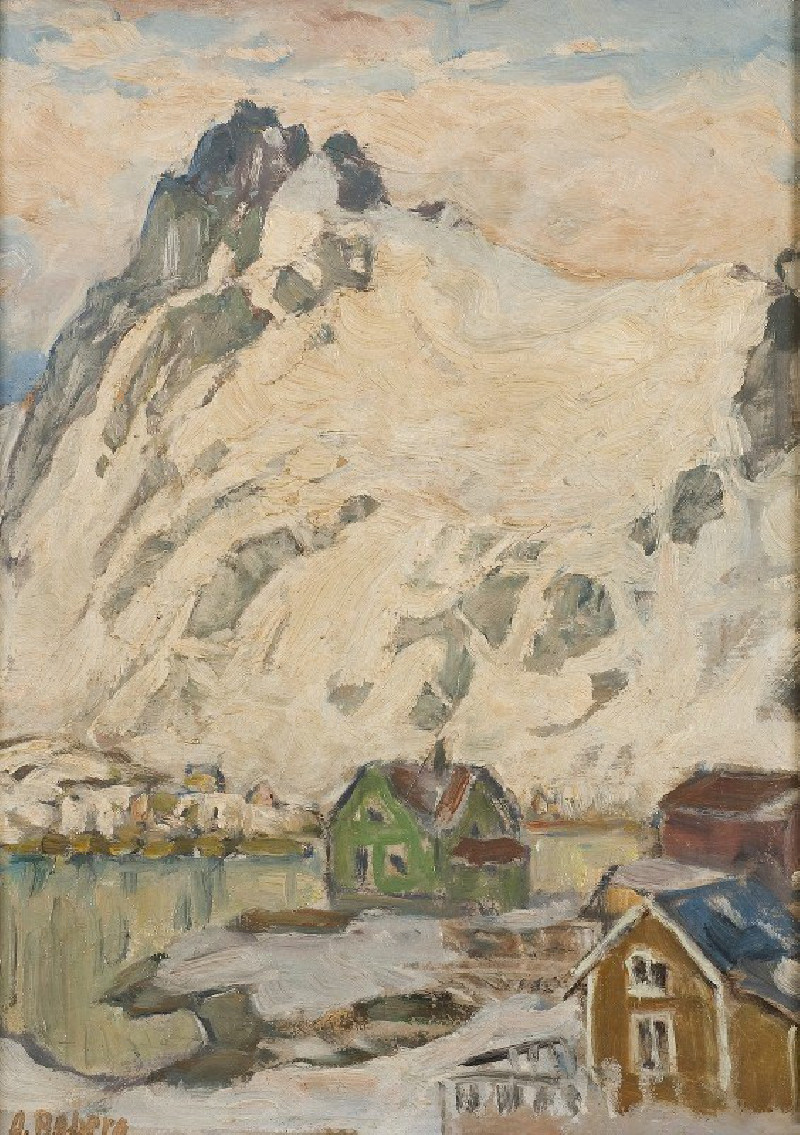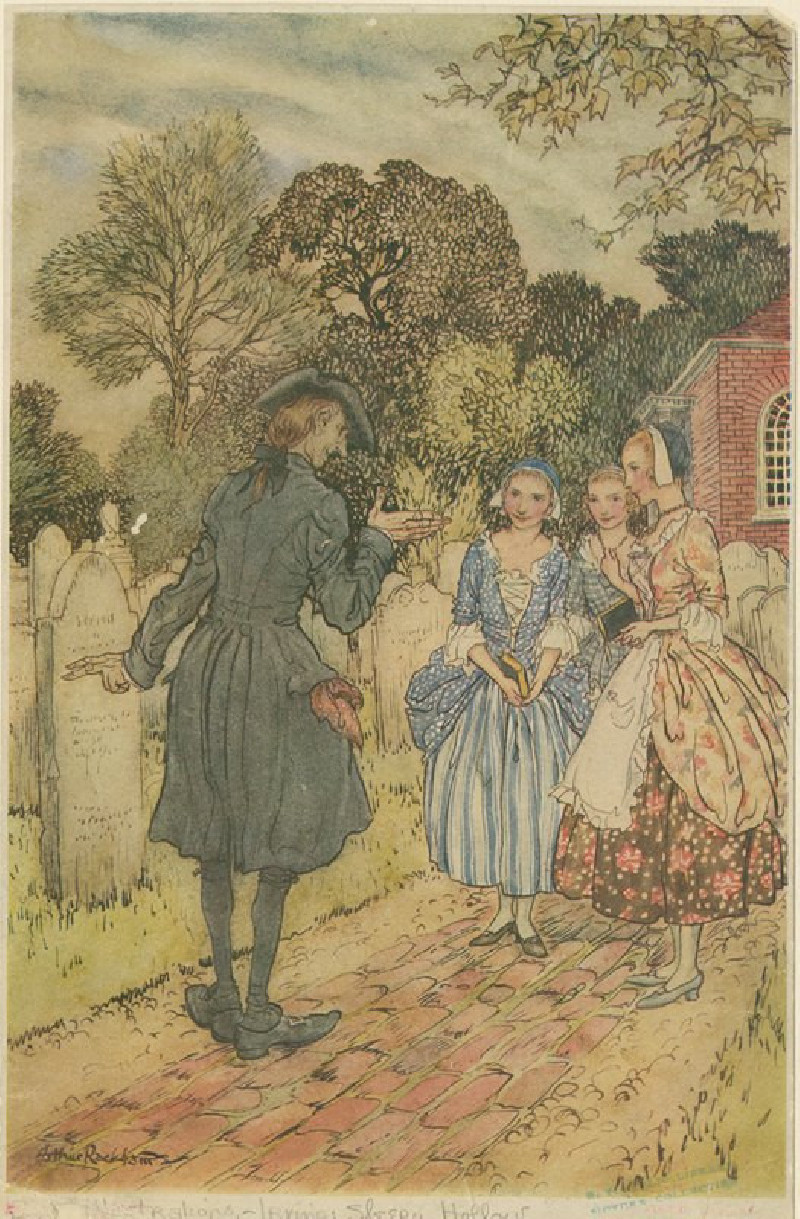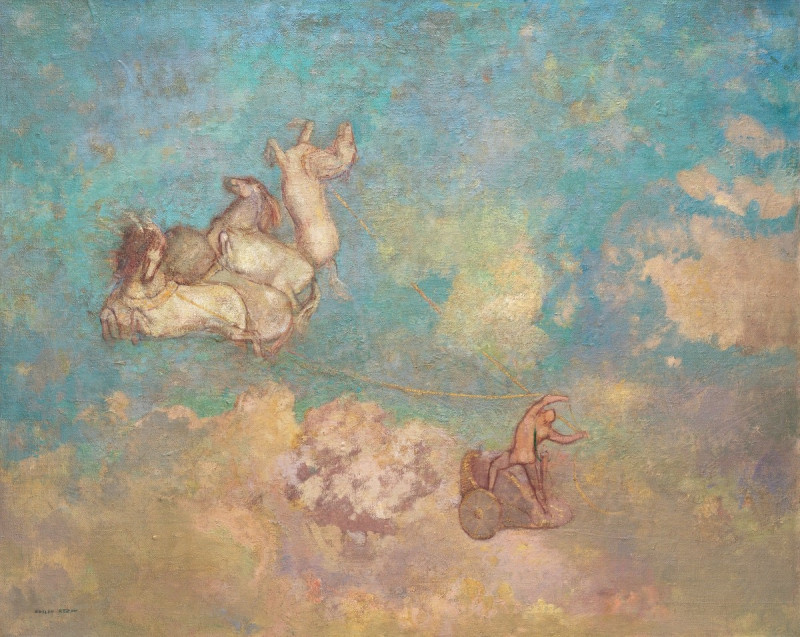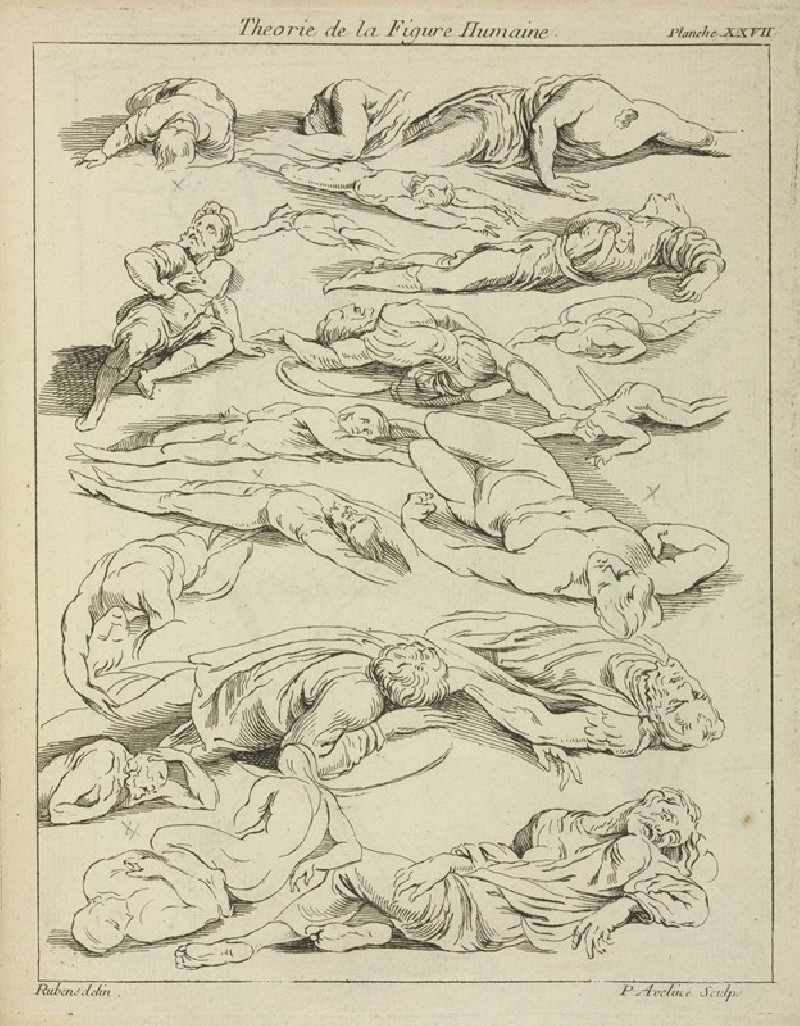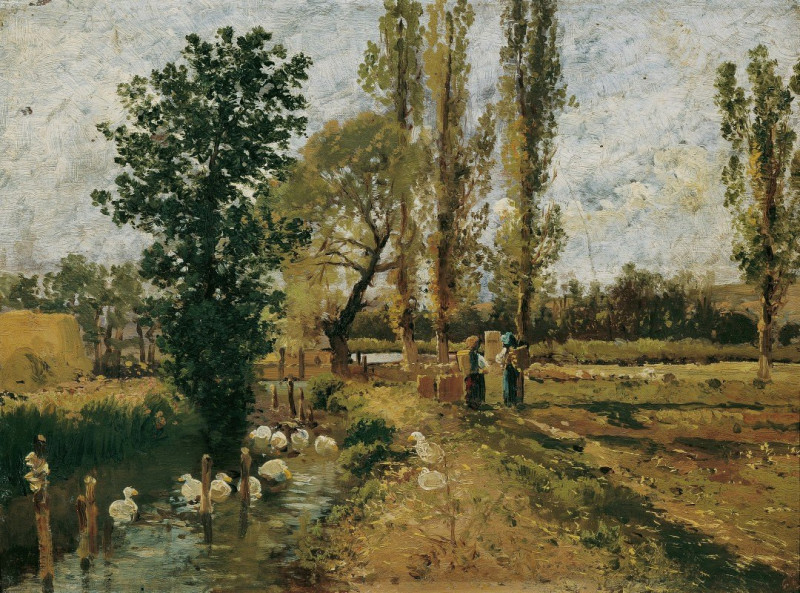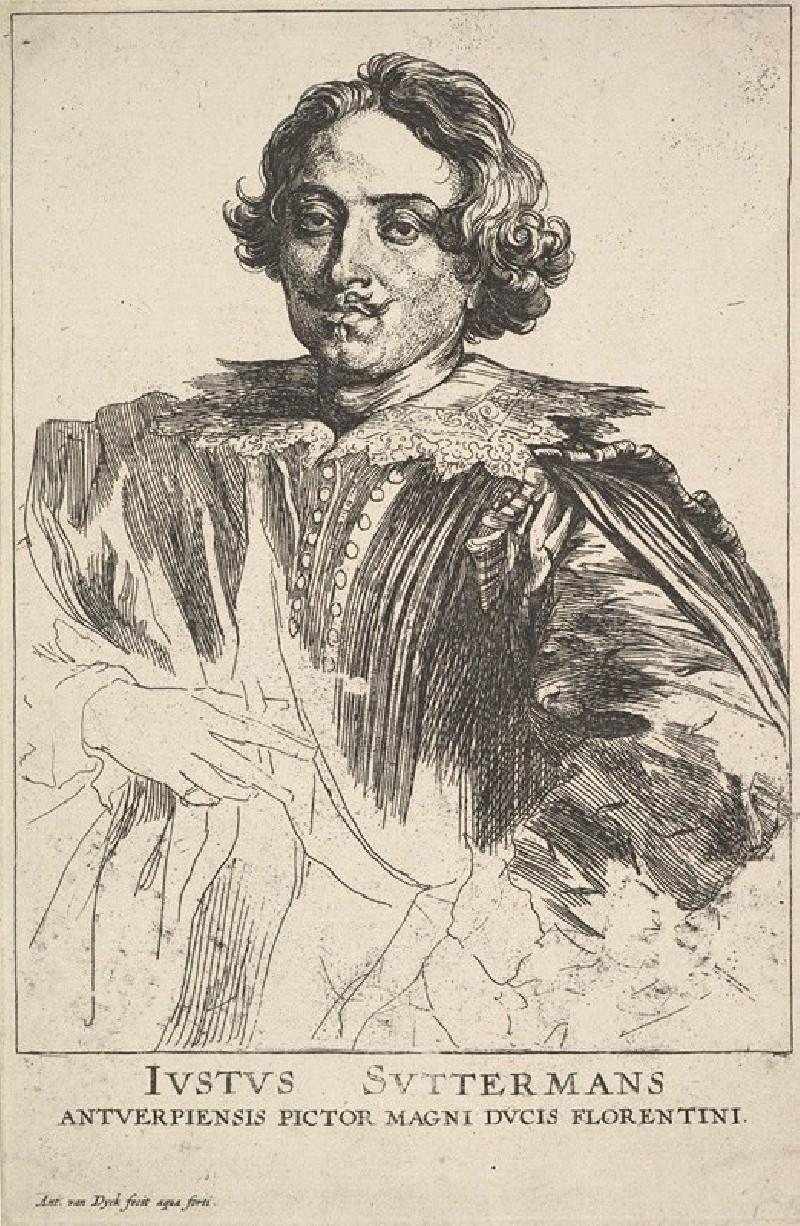Zebra
Technique: Giclée quality print
Recommended by our customers
More about this artwork
This evocative painting by George Stubbs, titled "Zebra," portrays a lone zebra standing in a lush woodland setting. The zebra is depicted with striking detail and realism, showcasing Stubbs' skill in rendering animal anatomy and the zebra’s distinctive black and white stripes. The background is a dense, dark forest with various shades of green and brown, providing a vivid contrast to the zebra's bold patterning.Stubbs' choice to place this exotic animal in such a tranquil and verdant environment, rather than in an African setting, might reflect the curiosity and fascination with rare and exotic animals during this period in Europe. The painting beautifully captures the calm demeanor of the zebra and the serenity of its surroundings, inviting the viewer to ponder both the beauty of the natural world and the oddity of seeing such an uncommon animal in this context.
Delivery
Returns
George Stubbs (25 August 1724 – 10 July 1806) was an English painter, best known for his paintings of horses. Self-trained, Stubbs learnt his skills independently from other great artists of the 18th century such as Reynolds and Gainsborough. Stubbs' output includes history paintings, but his greatest skill was in painting animals, perhaps influenced by his love and study of anatomy. His series of paintings on the theme of a lion attacking a horse are early and significant examples of the Romantic movement that emerged in the late 18th century. He enjoyed royal patronage. His painting, Whistlejacket hangs in the National Gallery, London.



